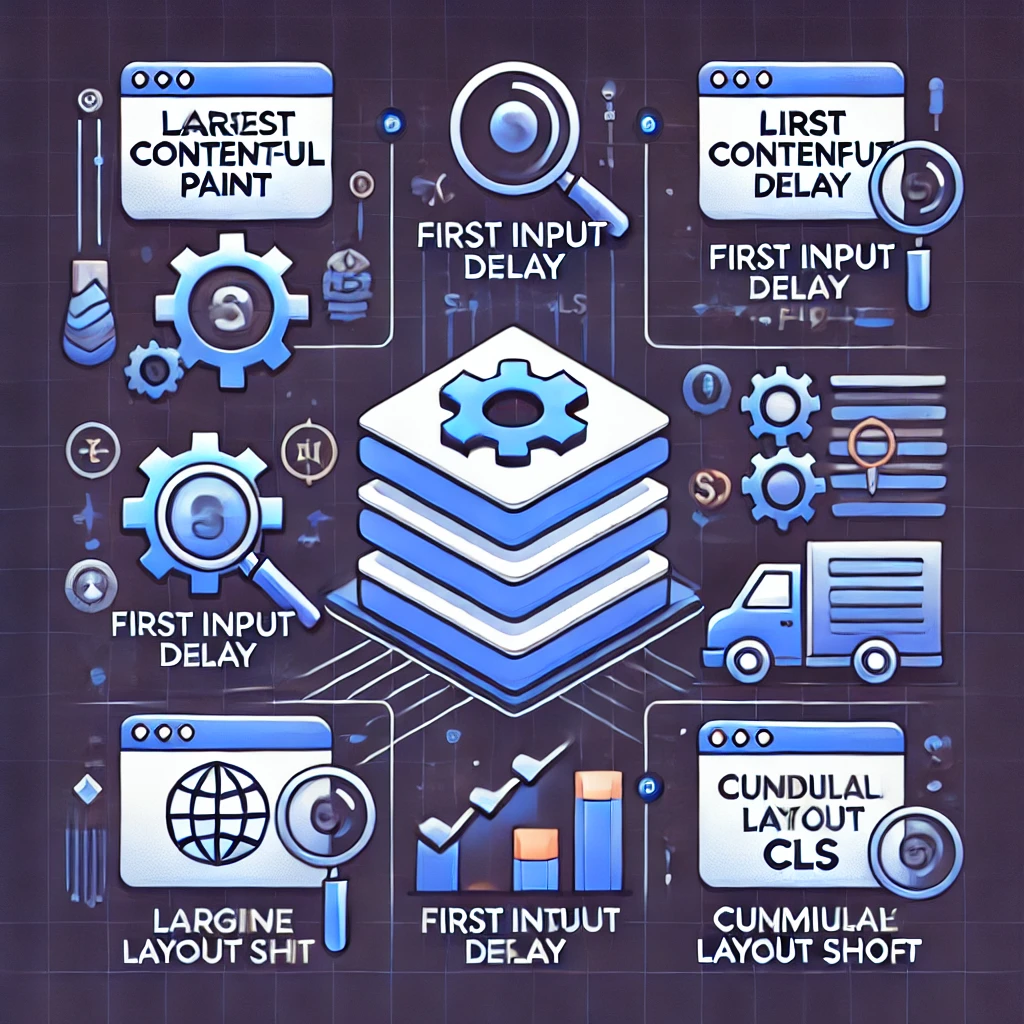Introduction
In the world of digital marketing, Technical SEO is a critical but often overlooked component that can significantly affect your website’s search engine ranking. While content and backlinks play important roles, technical SEO ensures that search engines can efficiently crawl and index your site, delivering the best possible user experience. This guide will dive deep into the technical aspects of SEO, offering you step-by-step instructions to optimize your site for 2024.
What is Technical SEO?
Technical SEO refers to the process of optimizing your website for the crawling and indexing phase of search engine optimization. It involves configuring the technical elements of your website to improve its visibility and rank higher on search engine result pages (SERPs).
Technical SEO focuses on several key areas:
- Website architecture
- URL structure
- Mobile-friendliness
- Speed optimization
- Security (HTTPS)
- Structured data (schema markup)
- XML sitemaps and robots.txt
Why is Technical SEO Important?
Search engines like Google use bots to crawl web pages and index content based on a variety of factors. Without proper technical SEO, search engines may have difficulty understanding, indexing, or ranking your site. Key benefits of technical SEO include:
- Improved crawlability and indexability
- Enhanced user experience (UX)
- Faster loading times
- Higher mobile responsiveness
- Boosted search engine rankings
Essential Technical SEO Practices for 2024
Let’s explore the essential steps to implement technical SEO in 2024:
1. Ensure Your Website is Mobile-Friendly
With mobile-first indexing in place, Google primarily uses the mobile version of your site to determine rankings. To check whether your website is mobile-friendly, use Google’s Mobile-Friendly Test Tool.
Key steps to optimize for mobile:
- Use responsive web design to ensure your site adjusts to different screen sizes.
- Avoid intrusive interstitials (e.g., pop-ups) that disrupt user experience.
- Ensure that text, images, and buttons are easily accessible without zooming or scrolling.
2. Boost Page Speed
Website speed has become a significant ranking factor, especially after the introduction of Core Web Vitals. Slow-loading websites lead to higher bounce rates and lower search rankings.
How to improve page speed:
- Minimize HTTP requests: Reduce the number of elements on your page like images, scripts, and CSS.
- Compress images: Use tools like TinyPNG or ShortPixel to compress images without losing quality.
- Enable browser caching: Store data locally in the browser for faster access on repeat visits.
- Use a Content Delivery Network (CDN): CDNs cache content globally, reducing load times for users in different locations.
Key tools to measure speed:
- Google PageSpeed Insights
- GTMetrix
- Lighthouse
3. Optimize Website Architecture and URL Structure
An organized and intuitive website architecture ensures that search engine bots can easily crawl your site, while also helping users navigate it effectively.
Best practices for website architecture:
- Use a flat structure: Keep important content no more than three clicks away from the homepage.
- Create an XML sitemap to guide search engines through your website.
- Use breadcrumb navigation to improve internal linking and user experience.
For URLs, make sure they are:
- Short and descriptive
- Keyword-rich but not overstuffed
- Use hyphens (-) instead of underscores (_)
Example of a good URL structure:www.example.com/digital-marketing/technical-seo
4. Fix Broken Links and 404 Errors
Broken links and 404 errors negatively impact user experience and make it harder for search engines to crawl your site.
How to fix:
- Regularly run broken link checkers like Ahrefs or Screaming Frog to identify and resolve broken internal and external links.
- Implement 301 redirects for deleted pages to direct users and bots to a relevant page.
5. Implement HTTPS
Security is a top priority for both search engines and users. Google has made HTTPS a ranking factor, and sites without HTTPS are marked as “Not Secure” in browsers.
Steps to implement HTTPS:
- Obtain an SSL certificate from trusted providers like Let’s Encrypt or Comodo.
- Update all internal links, images, and scripts to use HTTPS URLs.
- Set up 301 redirects from HTTP to HTTPS to ensure no traffic loss.
6. Leverage Structured Data with Schema Markup
Structured data helps search engines understand the content on your website more effectively. It also enables your site to appear in rich results like snippets, knowledge graphs, and local results.
Key types of schema markup to implement:
- Local business schema: For local SEO, ensure your business information (NAP) is structured correctly.
- Review schema: Display user ratings and reviews in search results.
- FAQ schema: For pages with frequently asked questions, use FAQ schema to increase your chances of appearing in featured snippets.
You can test your structured data using Google’s Rich Results Test tool.
7. Optimize Your Robots.txt and XML Sitemap
Your robots.txt file tells search engine crawlers which pages to index and which to ignore, while your XML sitemap helps crawlers navigate your site structure efficiently.
Steps:
- Ensure that important pages are not blocked by robots.txt.
- Keep your XML sitemap updated and submit it to Google Search Console.
8. Optimize Core Web Vitals
Core Web Vitals are critical performance metrics that Google uses to measure user experience. These include:
- Largest Contentful Paint (LCP): Measures loading performance. Aim for 2.5 seconds or faster.
- First Input Delay (FID): Measures interactivity. Aim for less than 100 milliseconds.
- Cumulative Layout Shift (CLS): Measures visual stability. Aim for a score of less than 0.1.
Use Google Search Console to track and optimize these metrics.
9. Canonicalization and Duplicate Content
Duplicate content can confuse search engines and negatively affect rankings. Use the rel=canonical tag to indicate the preferred version of a page if duplicate content exists.



